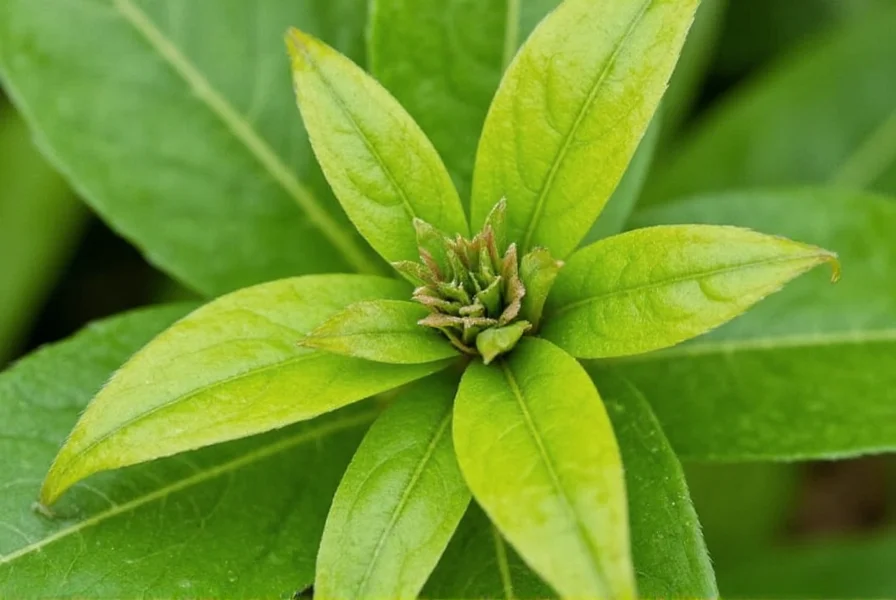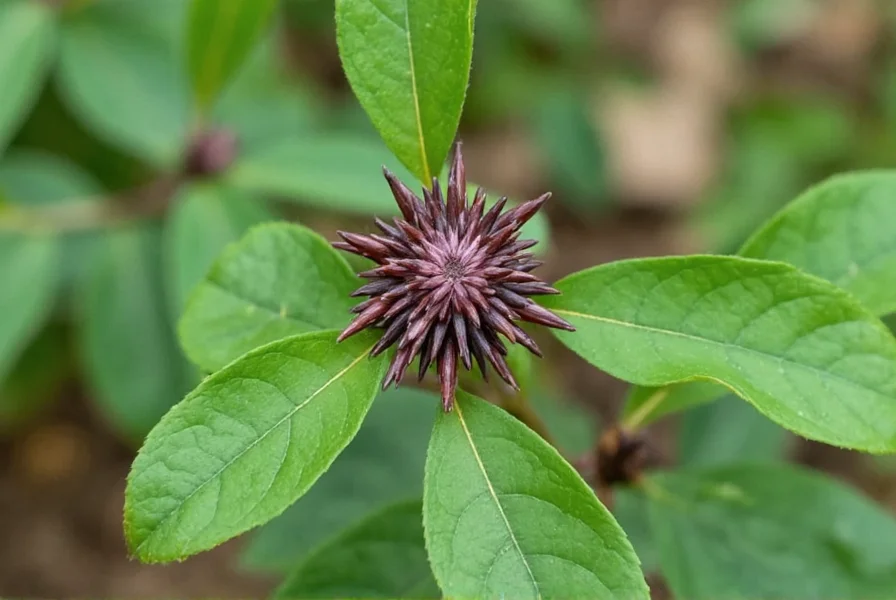The star anise plant, scientifically known as Illicium verum, has been cultivated for over 3,000 years in East Asia. This aromatic evergreen tree reaches 6-15 meters in height under ideal conditions and produces the distinctive eight-pointed star-shaped fruits that have become essential in both culinary and traditional medicine applications worldwide.
Botanical Characteristics and Species Differentiation
Understanding the precise botanical identity of the star anise plant is crucial for safe usage. The edible Chinese star anise (Illicium verum) belongs to the Schisandraceae family and features smooth, reddish-brown pods with 6-8 carpels. Each carpel contains a single shiny seed containing anethole, the compound responsible for its distinctive flavor.
Conversely, Japanese star anise (Illicium anisatum) contains toxic compounds like anisatin that can cause severe neurological and digestive issues. Key identification differences include:
| Feature | Chinese Star Anise (Safe) | Japanese Star Anise (Toxic) |
|---|---|---|
| Pod Color | Rust-red to dark brown | Paler reddish-brown |
| Pod Texture | Smooth surface | Bumpy or ridged surface |
| Carpel Tips | Blunt, rounded | Sharp, pointed |
| Smell | Sweet licorice | Less intense, sometimes musty |

Growing Conditions and Cultivation Requirements
Successfully growing a star anise plant requires specific environmental conditions that mimic its native subtropical habitat. For those researching chinese star anise plant cultivation, these factors prove most critical:
- Climate: Thrives in USDA zones 7-10 with temperatures between 60-85°F (15-29°C). Cannot tolerate frost or prolonged cold
- Soil: Prefers rich, well-draining acidic soil (pH 5.5-6.5) with consistent moisture but no waterlogging
- Light: Grows best with partial shade in hotter climates but requires full sun in cooler regions
- Water: Needs regular watering during establishment, then moderate irrigation maintaining consistent soil moisture
- Space: Mature trees require 15-20 feet of space between plants for proper air circulation
When developing your star anise plant care guide, remember these trees grow slowly, taking 6-7 years to produce significant fruit. Propagation typically occurs through seeds (which lose viability quickly) or semi-hardwood cuttings treated with rooting hormone.
Harvesting and Processing Star Anise
The timing of harvesting star anise pods significantly impacts quality and flavor intensity. Harvest occurs when the green fruits begin turning brown but before they fully ripen and split open. This typically happens in spring or early summer, depending on climate.
Proper processing steps include:
- Carefully hand-pick pods to avoid damaging the tree
- Spread pods in a single layer on screens or trays
- Air-dry in shaded, well-ventilated area for 1-2 weeks
- Store in airtight containers away from light and moisture
Commercial producers often sun-dry their harvest, but home growers achieve better flavor retention through shade drying. Properly dried pods maintain their distinctive aroma for 1-2 years when stored correctly.
Culinary and Medicinal Applications
The star anise plant medicinal uses have been documented in Traditional Chinese Medicine for centuries. Modern research supports several applications, though always consult healthcare providers before therapeutic use:
- Culinary: Essential in Chinese five-spice powder, Indian garam masala, and Vietnamese pho broth. Whole pods infuse flavor into liquids better than ground spice
- Digestive aid: Contains compounds that may relieve bloating, gas, and indigestion
- Antimicrobial properties: Shows effectiveness against certain bacteria and fungi in laboratory studies
- Cough relief: Traditional remedy for respiratory issues, often combined with other herbs
When exploring illicium verum growing conditions for home cultivation, understand that while the plant offers multiple benefits, it should never replace professional medical treatment for serious conditions.
Safety Considerations and Toxicity Concerns
The critical distinction between edible and toxic star anise varieties cannot be overstated. Star anise vs japanese star anise represents a potentially dangerous confusion for consumers. Japanese star anise contains anisatin and neoanisatin, neurotoxins that can cause:
- Severe vomiting and diarrhea
- Convulsions and seizures
- Acute kidney inflammation
- Potentially fatal outcomes in extreme cases
Additionally, star anise contains estragole, a compound that in large quantities may pose cancer risks. Always use star anise in culinary amounts (typically 1-2 pods per recipe) and avoid prolonged medicinal use without professional guidance. Pregnant women should avoid medicinal quantities due to potential uterine stimulation effects.

Troubleshooting Common Growing Problems
Even with proper star anise plant care guide implementation, growers may encounter challenges:
- Yellowing leaves: Indicates overwatering or poor drainage. Reduce irrigation frequency and improve soil aeration
- Leaf drop: Often caused by sudden temperature changes or underwatering. Maintain consistent moisture and protect from cold drafts
- Poor fruiting: May result from insufficient sunlight, improper fertilization, or young plant age. Ensure adequate phosphorus and patience
- Pest issues: Scale insects and spider mites occasionally affect plants. Treat with horticultural oil or insecticidal soap
For those attempting how to grow star anise tree outside its native range, container growing with winter protection offers the best chance of success in marginal climates. Move potted trees indoors when temperatures drop below 50°F (10°C).
Can I grow star anise in a temperate climate?
Yes, but with limitations. Star anise requires subtropical conditions (USDA zones 7-10). In cooler climates, grow in containers that can be moved indoors during winter. Provide at least 6 hours of direct sunlight daily and maintain temperatures above 50°F (10°C) year-round for best results.
How long does it take for a star anise plant to produce fruit?
Star anise trees typically begin flowering at 5-6 years old and produce their first significant harvest around 7-8 years. The tree reaches full production capacity at approximately 15 years. Patience is essential when cultivating this slow-growing species.
What's the difference between star anise and anise seed?
Despite similar names and flavors, star anise (Illicium verum) and anise seed (Pimpinella anisum) come from completely different plant families. Star anise is a tree fruit pod, while anise seed comes from a flowering herb. Star anise contains higher concentrations of anethole, making it more potent, and it's the primary source of anethole used in commercial production of anise flavoring.
Can I use star anise medicinally at home?
While traditional medicine uses star anise for digestive issues and respiratory ailments, self-medication carries risks. Always consult a healthcare provider before using star anise therapeutically, especially for children, pregnant women, or those with medical conditions. Culinary use in normal food amounts is generally considered safe.











 浙公网安备
33010002000092号
浙公网安备
33010002000092号 浙B2-20120091-4
浙B2-20120091-4